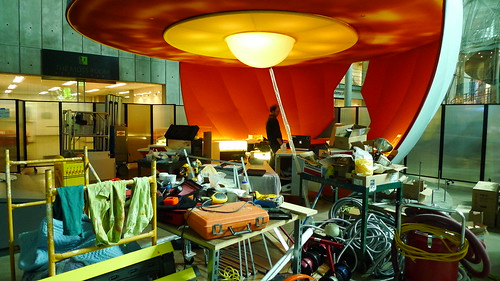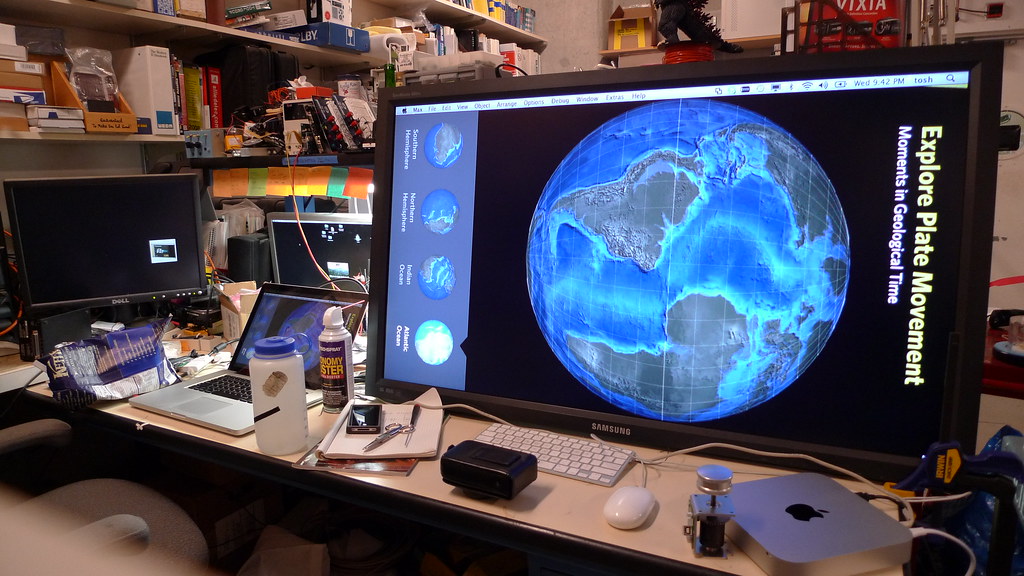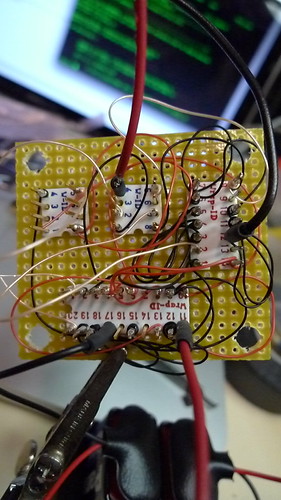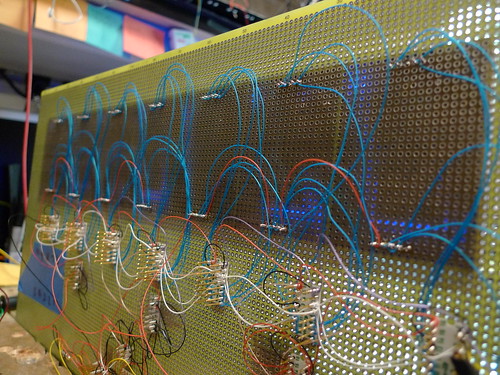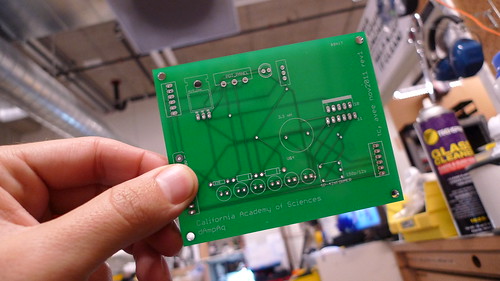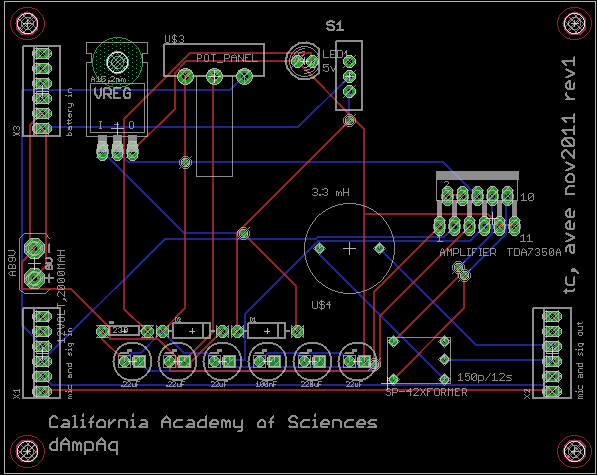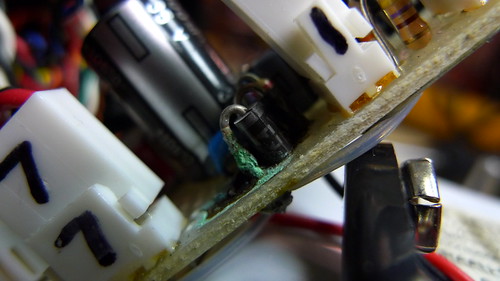
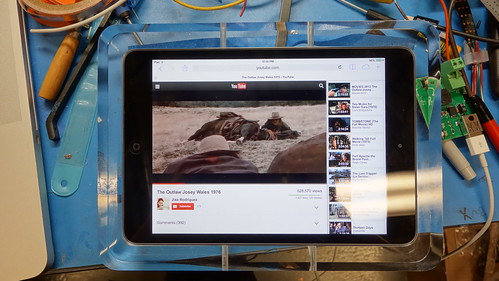


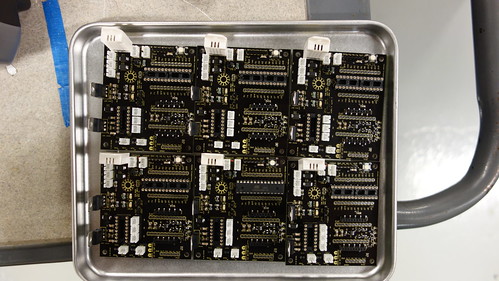
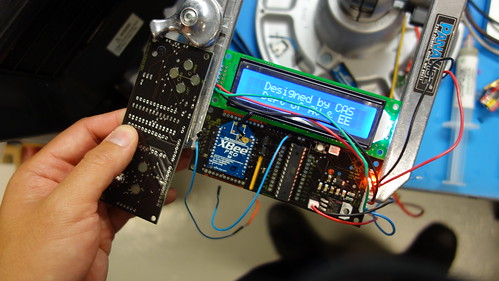
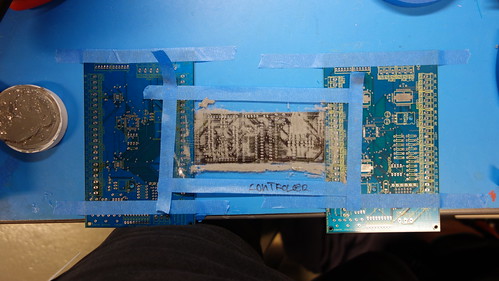

Conducting energy through people to stimulate tangible public interactions.
By interacting with one another people are able to transform their environment through play. Two metal hands are mounted to the wall. When two or more individuals complete the circuit they provoke audio-visual responses. The level of interactivity is determined by the flow of electricity through the individuals. The interaction can be tailored per installation; the core tool is the Arduino, and in this case we've experimented with Processing projections to activate blank city walls. storefronts, or pavement. This design allows for expansion as well as meaningful data collection. Also, we just like making people hold hands.
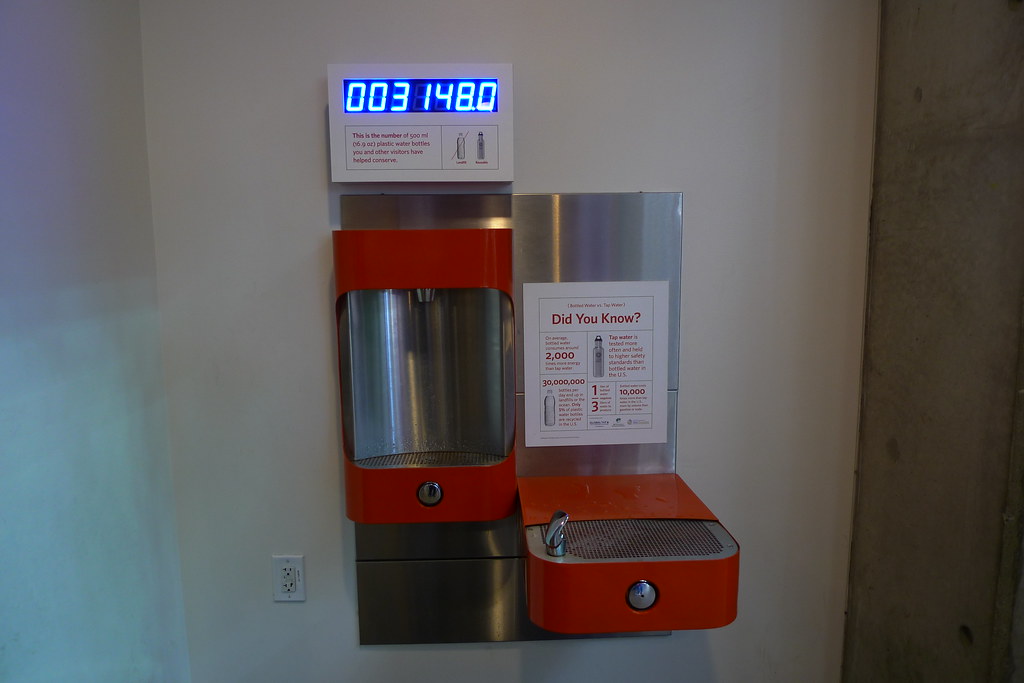


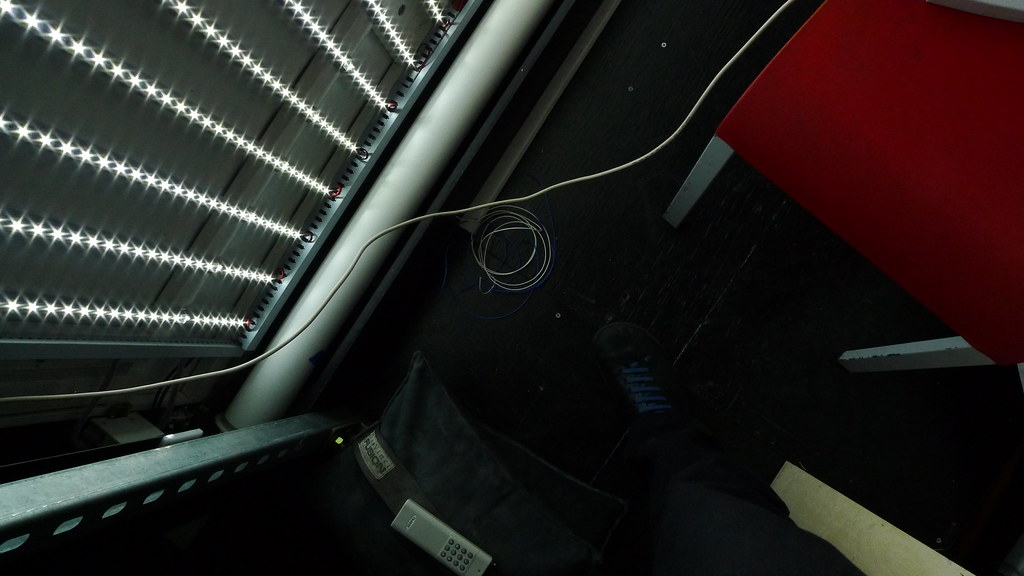
...eventually, these lights program you!
A max/msp project listing has been created here. It gives a quickie description of how the attraction works. The LED's pictured above are what illuminate the 1989 and 1906 alamo square skyline. However, the photo does not give justice to their intensity. I oft found myself siren-eyed from watching them pulsate!
